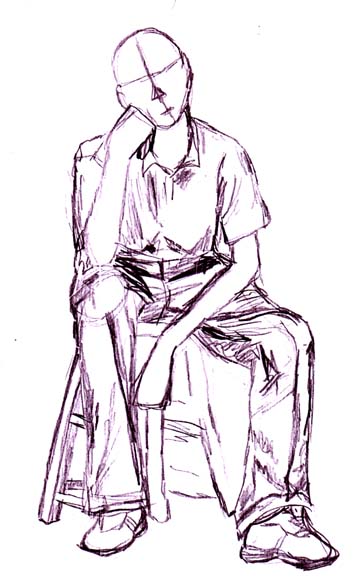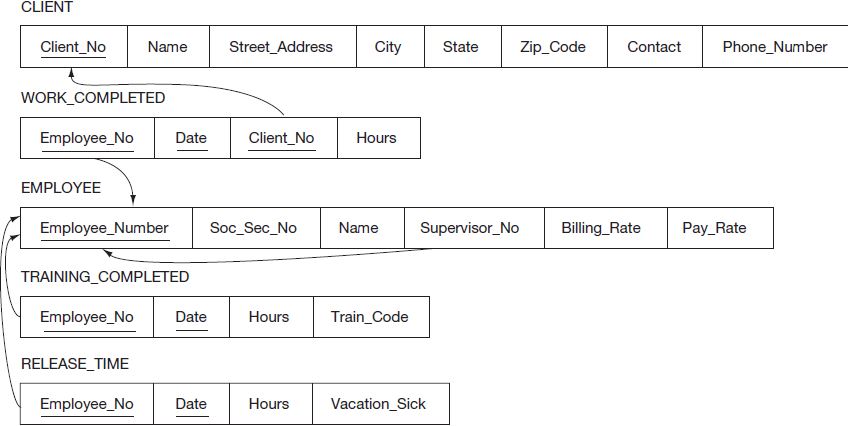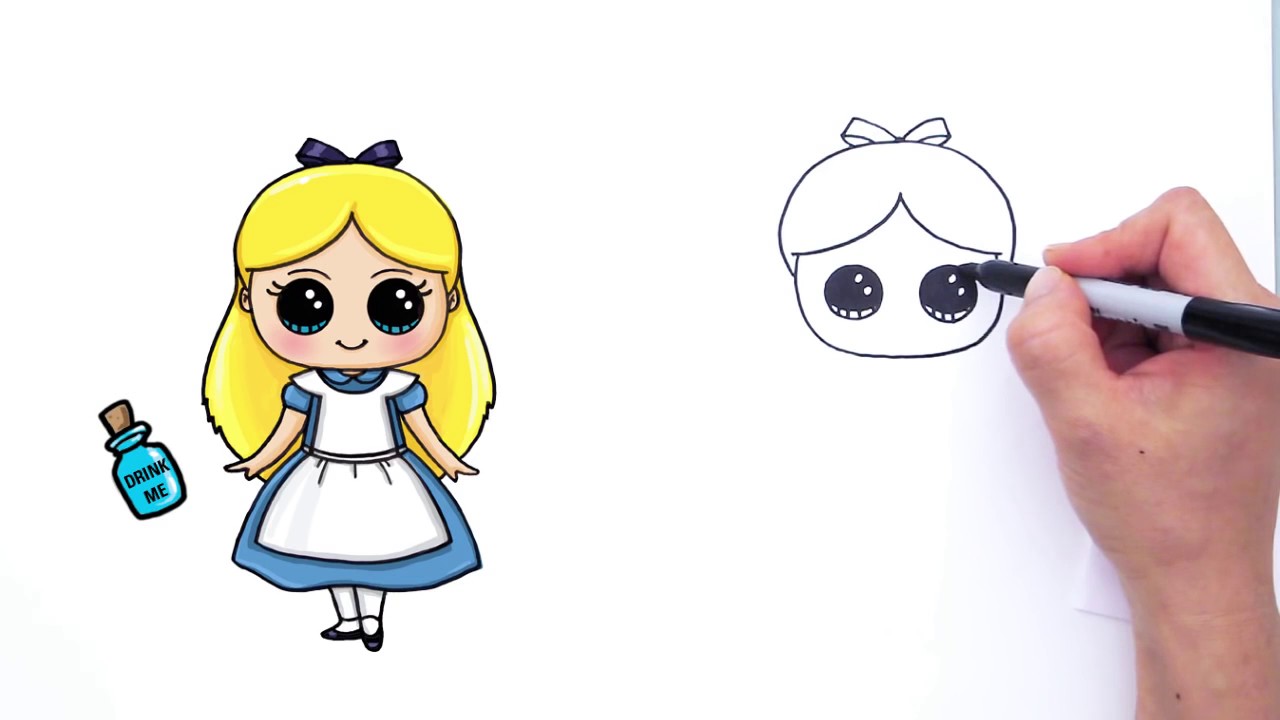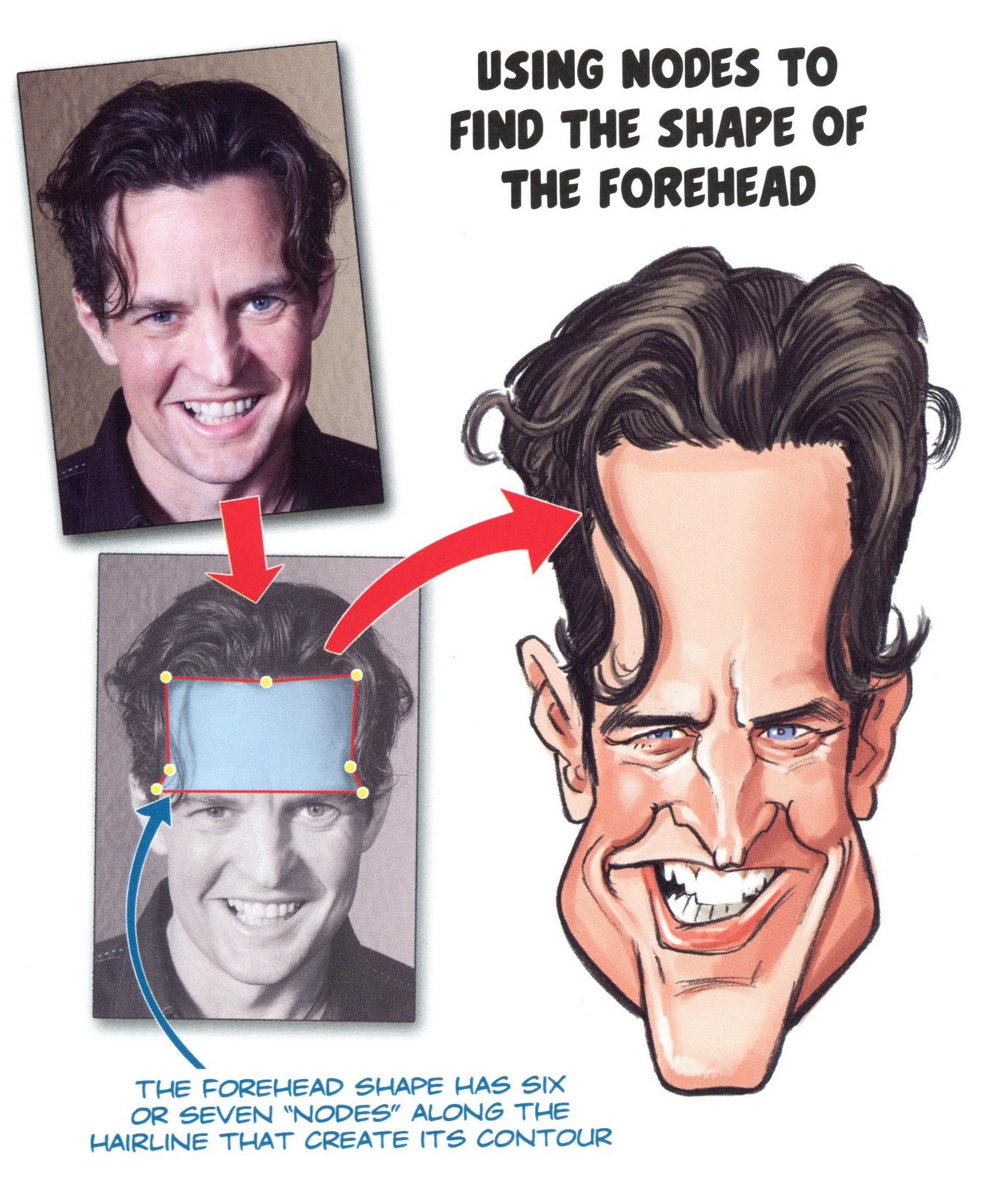Reference poses
Table of Contents
Table of Contents
Ah, the classic anime sitting pose. So simple, yet so difficult to master. Whether you’re a seasoned artist looking to up your pose game, or a beginner just starting out, learning how to draw anime sitting poses is a valuable skill to have in your arsenal. Not only will it make your art look more dynamic and interesting, it will also give your characters a sense of depth and personality.
The Pain Points of Drawing Anime Sitting Poses
It’s no secret that drawing anime sitting poses can be a challenge. Oftentimes, artists struggle with making the pose look natural and fluid, instead of stiff and awkward. Additionally, there’s the issue of foreshortening - making the character’s limbs appear shorter due to perspective. This can be especially tricky when drawing sitting poses, as the legs are not fully extended and may appear distorted if not done correctly.
The Solution: How to Draw Anime Sitting Poses
The key to drawing anime sitting poses is to observe real-life references and use them as a guide. Take note of how people naturally sit and how their limbs are positioned. This will give you a better understanding of how to make your character’s pose look natural and believable.
Another important aspect to consider is perspective. When drawing sitting poses, it’s important to pay attention to foreshortening, which can make the character’s limbs appear shorter or more angled than they actually are. By using reference images and practicing your observation skills, you can learn how to accurately depict foreshortening and give your poses more depth.
Summary of How to Draw Anime Sitting Poses
In summary, drawing anime sitting poses may seem daunting, but with the right techniques and practice, it can become second nature. By observing real-life references, paying attention to perspective, and practicing foreshortening, you can master the art of anime sitting poses and take your artwork to the next level.
Breaking Down How to Draw Anime Sitting Poses
As someone who struggled with drawing sitting poses in the past, I’ve found that using reference images has been a game-changer for me. When looking at references, pay close attention to the position of the legs and feet, as well as the curvature of the back and arms. It’s important to remember that no two poses will be exactly alike, so don’t be afraid to mix and match elements from different references to create your own unique pose.
 When it comes to foreshortening, there are a few tricks that can make it easier. One technique is to use a grid to help you keep track of the proportions of the limbs. By breaking down the pose into smaller sections and observing each section individually, you can get a better sense of how to accurately depict foreshortening.
When it comes to foreshortening, there are a few tricks that can make it easier. One technique is to use a grid to help you keep track of the proportions of the limbs. By breaking down the pose into smaller sections and observing each section individually, you can get a better sense of how to accurately depict foreshortening.
Adding Depth to Your Anime Sitting Poses
To make your anime sitting poses stand out, it’s important to add depth and dimensionality. One way to achieve this is by using shading techniques to create shadows and highlights on different parts of the body. Another technique is to incorporate clothing wrinkles, as these can add texture and make the character feel more like a real person.
 Don’t be afraid to experiment with different poses and styles to find what works best for you. With enough practice and observation, you can learn how to draw anime sitting poses that are both dynamic and believable.
Don’t be afraid to experiment with different poses and styles to find what works best for you. With enough practice and observation, you can learn how to draw anime sitting poses that are both dynamic and believable.
Frequently Asked Questions About Drawing Anime Sitting Poses
Q: What are some common mistakes to avoid when drawing anime sitting poses?
A: One mistake to avoid is making the pose look too stiff or unnatural. Make sure to observe real-life references to make the pose look more natural and fluid. Additionally, pay attention to foreshortening and perspective, as distorted body parts can ruin an otherwise good pose.
Q: How can I make my anime sitting poses more dynamic?
A: One way to make your anime sitting poses more dynamic is by experimenting with different angles and perspectives. Instead of having the character sit straight on, try tilting the camera angle or having the character lean to one side. This can make the pose more interesting and eye-catching.
Q: Are there any specific tips for shading anime sitting poses?
A: When shading anime sitting poses, it’s important to pay attention to the lighting source and where the shadows and highlights would naturally fall. Additionally, consider adding textures such as clothing wrinkles to make the character feel more alive and three-dimensional.
Q: How long does it take to get good at drawing anime sitting poses?
A: Like any skill, getting good at drawing anime sitting poses takes time and practice. It’s important not to get discouraged if your poses don’t turn out perfectly at first. Keep practicing and observing real-life references, and you’ll gradually improve over time.
Conclusion of How to Draw Anime Sitting Poses
While it may seem challenging at first, learning how to draw anime sitting poses is a valuable skill for any artist to have. By observing real-life references, paying attention to foreshortening and perspective, and adding depth with shading and textures, you can create anime sitting poses that are both dynamic and believable. With enough practice and dedication, you can become a master of anime sitting poses and take your artwork to the next level.
Gallery
Anime Drawing Pose Reference Sitting - Pic-connect

Photo Credit by: bing.com / reference poses
Sitting Pose By JGK On DeviantArt

Photo Credit by: bing.com / sitting pose poses reference drawing chair figure jgk deviantart human sketches
Pin On Drawing Tutorials & How To’s

Photo Credit by: bing.com /
Chocolate Peanut Butter Banana Bites | Easy + Healthy Frozen Dessert

Photo Credit by: bing.com /
How To Draw Anime Poses [Sitting, Kicking & More]
![How to Draw Anime Poses [Sitting, Kicking & More] How to Draw Anime Poses [Sitting, Kicking & More]](https://i0.wp.com/nerdbear.com/wp-content/uploads/2021/05/Standing-Anime-Girl-4.png?resize=768%2C988&ssl=1)
Photo Credit by: bing.com /






